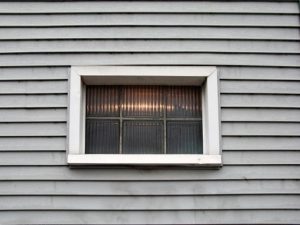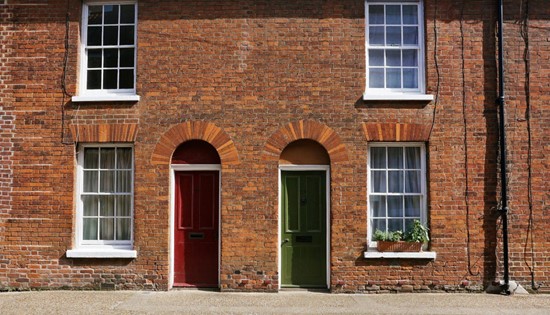Your home’s siding is its first line of defense against the elements. It keeps your house warm, dry, and protected from Mother Nature. But like a silent guardian, it often hides the tale of wear and tear until it’s too late. Spotting the early signs that your siding needs repair can save you from costly fixes. This blog post walks you through recognizing these signals, why they’re essential, and what you can do to ensure your home remains pristine.
Why Siding Matters More Than You Think
At first glance, siding is a purely aesthetic feature of your home. However, it is critical in maintaining structural integrity and energy efficiency. According to reputable and licensed siding contractors in Everett, good siding prevents moisture from seeping into walls, insulates your home, and enhances curb appeal. Damaged siding can lead to severe issues like mold, rot, and inflated energy bills, highlighting the importance of regular checks.
1. Cracking, Warping, and Peeling Paint
Cracking or warping is one of the most visible signs that your siding needs attention. Weather conditions, from freezing winters to scorching summers, can cause the siding to expand and contract. Over time, these changes may lead to cracks or warps. When inspecting your siding, look for any visible deformations. If you notice any sections that appear out of place, it could indicate underlying damage.
Early intervention can prevent such damage from worsening, saving you time and money in the long run. Fading and peeling are unsightly and can indicate more profound problems. UV rays from the sun can bleach paint, while moisture can cause it to peel. Both scenarios point to siding that may not be appropriately protecting your home.
If your siding’s color looks dull or you notice paint flaking away, it might be time for a closer inspection. This could indicate that the siding material is deteriorating or that the protective layer has worn off, exposing your home to potential damage. Rubbing your hand along the siding and finding a chalky residue is a sign of weathering. This happens when the top layer of your siding erodes due to prolonged exposure to the elements. This residue indicates that the siding may no longer be offering the protection your home needs. Consider having it assessed for possible replacement.
2. Increased Energy Bills
An unexpected hike in your energy bill could be linked to your siding. If your siding is compromised, it may fail to insulate your home effectively. This means your HVAC system works harder to maintain a comfortable indoor temperature, raising energy costs. Keep track of your energy expenses. A sudden increase without an apparent reason might suggest your siding isn’t performing as it should. Investigating this can help you determine whether your siding needs repair or replacement.
3. Mold, Mildew, and Fungus
The appearance of mold, mildew, or fungus is a clear alarm bell. These growths thrive in damp environments, signaling that moisture is trapped somewhere behind your siding. Take a walk around your home and look for any green, black, or gray spots—especially in shaded areas. These indicate a problem with moisture and can affect your family’s health if not addressed promptly. If you have wood siding, rotting is a severe issue to watch for. Rot occurs when moisture penetrates the wood, causing it to decay over time. Look for signs of softness or crumbly wood. Press gently on suspect areas; if they feel soft, they likely have rot. A professional assessment might be necessary to determine the extent of the damage.
4. Bubbles, Blisters, and Small Holes
Bubbles or blisters under your siding surface are strong indicators of trapped moisture. Quality siding should never allow water to sit beneath its surface. Spotting these imperfections can be tricky, so examine your siding in good lighting. If you find any, it’s crucial to address the issue immediately to prevent further water damage to your home’s structure.
Small holes or punctures might seem harmless, but they can lead to significant problems. Insects can exploit these tiny openings to enter your home, and water can seep in, causing rot and decay. Conduct a thorough inspection, focusing on areas where siding is near the ground or vegetation. Addressing these minor damages early on can save you from extensive repairs later.
5. Loose or Missing Siding
Strong winds, heavy rains, and other severe weather conditions can loosen or dislodge siding panels. This exposure leaves your home vulnerable to the elements. Regularly inspect your siding to ensure all panels are securely attached. Loose or missing panels should be fixed promptly to prevent water infiltration and other damage. Siding that creaks or groans could be trying to tell you something. Such noises often occur when siding is loose or improperly installed, allowing wind to move it. Listen carefully for unusual sounds, especially during windy days. If your siding makes noise, it might need tightening or additional support.

Your siding is the armor protecting your home, and recognizing the early signs of damage is crucial. You can ensure your home remains safe, beautiful, and energy-efficient by staying vigilant and addressing these early warning signs. If you suspect any issues with your siding, consider consulting a professional. Protect your investment and enjoy peace of mind knowing your home is well-maintained.

